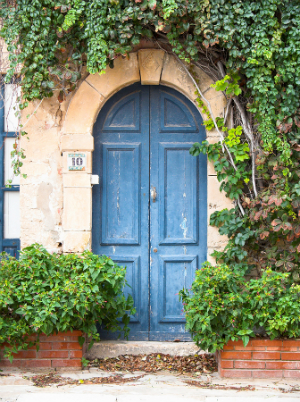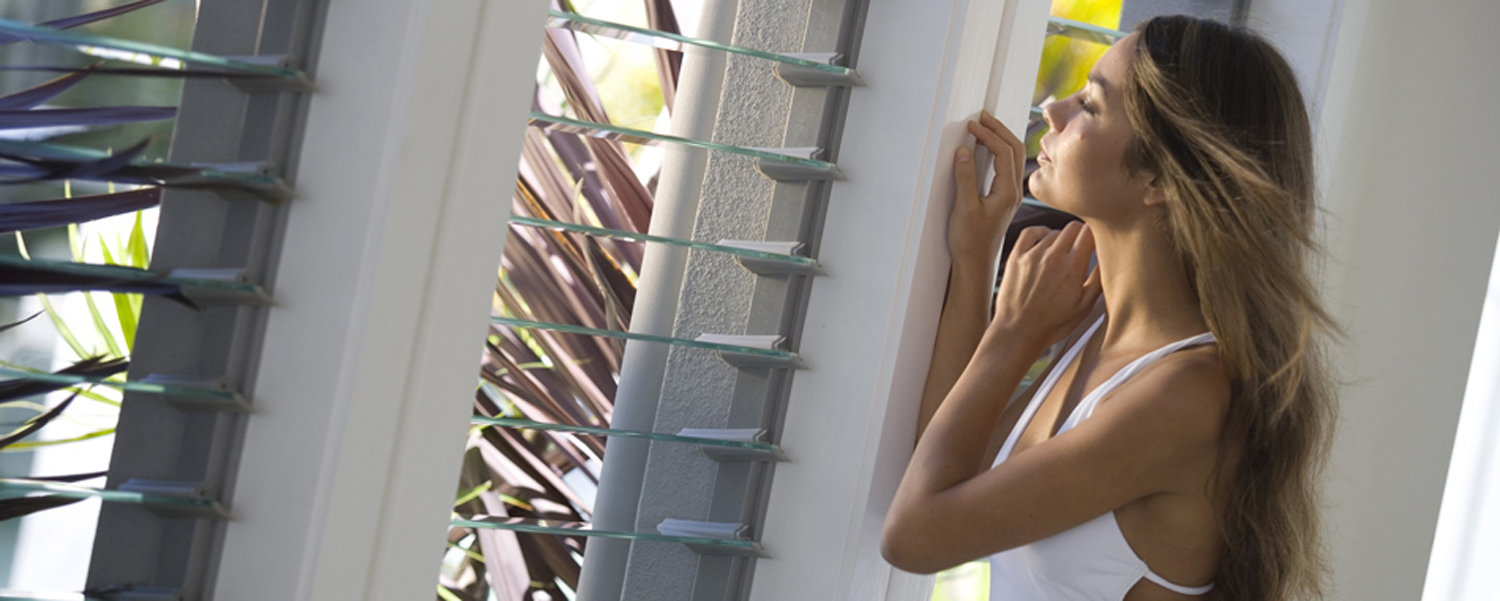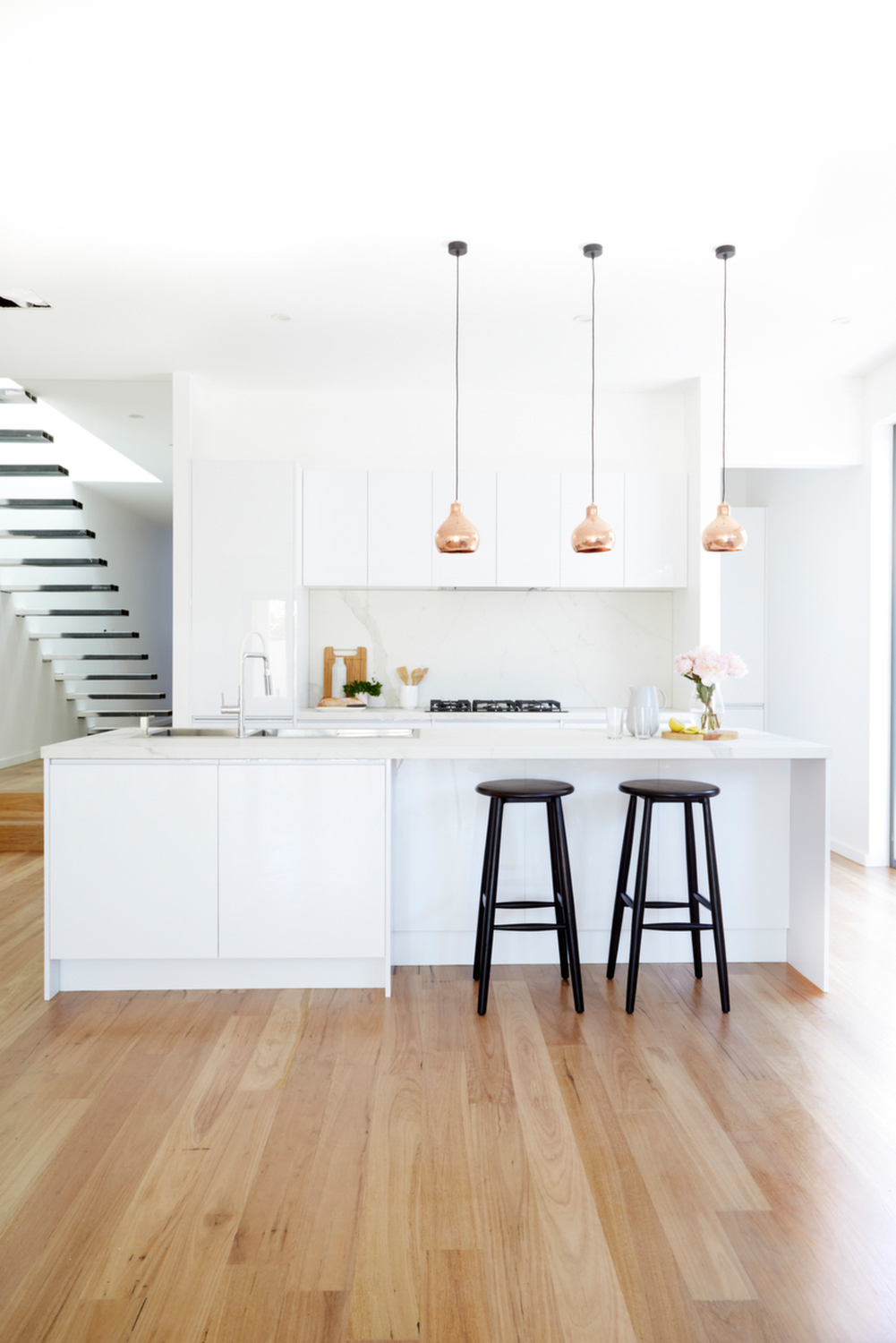
Story: Scott Brown, MAILDM, MAIH
The term “architectural plants” is most commonly applied to sharply textured, sometimes spiky plants, many of which seem to be dominating modern garden design at the moment. Some popular examples include the yucca (Yucca elephantipes), with its sharp, spiky foliage, the New Zealand flaxes (Phormium sp.), native iris (Dietes sp.) and flax lily (Dianella sp.), characterised by strap-like foliage, and any the needle-like ornamental grasses such as Pennisetum sp., Poa sp., Festuca sp., and Carex sp.
An architectural plant is one that has a significant sculptural shape or distinct outline (growth habit). A simple way to illustrate the difference is by comparing a “solid-shape” shrub such as a Mexican orange blossom (Choisya ternata) with the harsh, spiky outline of a yucca. The choisya can certainly be clipped and shaped but it will continue to look like an amorphous blob and it’s only at very close inspection that one can see the foliage texture (that is, the individual leaves). The yucca, on the other hand, has large, strap-like leaves projecting at angles from its trunk (or trunks) and this spiky outline can be seen from some distance.
Because of this inherent difference, how each of these plant types is used in landscape design is different. Solid-shape shrubs such as gardenias and camellias (although these can be espaliered, giving them more of an architectural appearance) continue to be used for foliage and flower colour. They are also often used to soften fences or border pathways and lawns.
Plants that are “architectural” in appearance are more often used to accent other elements in the landscape. For example, the defined sword-like leaves and upright trunk of a yucca, or the strappy foliage of a cordyline planted in pots in front of a rendered wall or screen, adds interest and drama to the wall without completely blocking it. The silhouette of the plant against the wall, especially if uplit at night, also turns it into a feature in its own right. Hence, both the wall and the plant are equally important. By contrast, planting a row of pittosporums or camellias as a screening hedge in front of the wall would be all about the plant and not the wall, as the latter would, of course, be hidden.
It’s possible to use solid-shape plants in an “architectural” way by planting and spacing them so they appear as separate units. Think of a series of tightly foliaged conifers planted as a row of “columns” against a wall. Once again, the view is of both the columnar shrubs and the bare wall exposed between them. In this case, the plant shapes are not sharp or spiky, but the clipped, dense outline of each conifer stands out in contrast to the relatively smooth (and preferably) different-coloured surface of the wall behind.
So the most obvious architectural plants are those with a distinct texture, shape or outline. These tend to be used to accent other elements within the landscape rather than to hide them. The most popular of these are the spiky or strappy plants like yuccas, cordylines and flaxes, together with the vast array of ornamental grasses available.
The dominance of these plant types in gardens today is in response to two vital factors. First, modern residential architecture lends itself to sharp, silhouetted accent planting that enhances the contemporary building materials without screening or blocking the view. Second, the drought has heightened interest in drought-tolerant plants and many of the more eye-catching, water-wise species have spiky or striking leaf forms.
This area of horticulture is fast becoming popular with people keen to experiment and incorporate new ideas for their gardens. Architectural Plants by Christine Shaw (published by HarperCollins, rrp $59.95) is a comprehensive guide to the broad range of architectural plants, from spiky agaves and yuccas to succulent sempervivums, dramatic palms and graceful bamboos. Packed with specialist, yet user-friendly information on soil assessment, drainage and cultivation methods, it’s ideal for people eager to learn more about these species and how best to grow them. Architectural Plants offers a stimulating look at alternative and innovative ways to create a vibrant garden display.



